contents
Food is one of lifes great pleasures. Having diabetes does not and need not change that. People with diabetes should know that they can enjoy any food they want. They must bear in mind just two constraints quantity and timing. Diabetes is having too little insulin action and, therefore, too much sugar. Food and insulin are closely linked.
When the person without diabetes eats a meal, the pancreas gland automatically delivers into the bloodstream just enough insulin to process the foodstuffs for the body. People with diabetes can no longer do this. They need an insulin assist. Some may be able to boost their own diminished insulin supply with a tablet, while others produce so little that they have to inject it from a syringe. For people injecting insulin, the dose and meal need to be in balance to control and prevent wide swings upwards or downwards of the amount of glucose in the blood. Often, the insulin is injected just before the meal so that the two meet together.
With tablets the link is not quite so close, but meal timing is important to prevent the blood glucose falling to very low levels (hypoglycaemia). For overweight people, the dietitian will advise a reducing diet all the foods but less of them. All this must sound complicated, even menacing to the newly diagnosed diabetic not exactly a prescription for carefree mealtime enjoyment. However, once the initial shock has passed, a few simple facts absorbed and confidence restored, normal food and interesting meals are emphatically back on the agenda. Thats when Recipes for Health: Diabetes comes into play. It is full of delicious dishes, aromatic advice, mouthwatering morsels.
At the same time, it is a painless guide to healthy and hearty eating for the whole family. The two authors of the book, Azmina Govindji and Jill Myers, are both very experienced in their fields. Azmina Govindji, Chief Dietitian of the British Diabetic Association, has been actively involved in the development of guidelines for diet in diabetes since 1987. As Assistant Head of the Diet Information Service, she maintains close links with government bodies, academic institutions, health professionals, food manufacturers and the media. Azmina offers advice on all matters relating to food and diabetes. Jill Myers, formerly Home Economist to the British Diabetic Association, has considerable experience in recipe development and cookery demonstrations.
While at the Association she was responsible for the production of a range of tried and tested recipes for people with diabetes and for catering establishments. She was the primary source of advice on recipe modification. Jill Myers is now working for a major food retailer as a home economist developing quality own label foods. Whether you cook it or just eat it, with the help of this book you can look forward to pleasurable culinary ventures and enjoyable mealtimes. So, read on and bon appetit! Professor Harry Keen, MD, FRCP
Chairman, Executive Council,
British Diabetic Association,
Professor Emeritus, United Medical
and Dental School, Guys Hospital Campus
You may never need another cookbook. Why not? Because this book tells you all you need to know about food now that you have diabetes.
It is not just another cookery publication. This book
 is the most up-to-date cookery book for people with diabetes, incorporating all the latest dietary policies from the British Diabetic Association
is the most up-to-date cookery book for people with diabetes, incorporating all the latest dietary policies from the British Diabetic Association  contains a wide variety of high-fibre, low-fat, low-sugar recipes that are in line with the general principles of healthy eating. This means it provides attractive recipes and essential information not only for people with diabetes, but also for anyone wishing to lose weight or to eat more healthily
contains a wide variety of high-fibre, low-fat, low-sugar recipes that are in line with the general principles of healthy eating. This means it provides attractive recipes and essential information not only for people with diabetes, but also for anyone wishing to lose weight or to eat more healthily  has something for everyone the elderly who need to prepare quick, easy, and possibly cheap meals; students living on limited budgets; parents who want to provide nutritious food for the family; the keen cook who invites guests with diabetes to dinner; vegetarians and vegans; the weight watcher; and, of course, the person with diabetes
has something for everyone the elderly who need to prepare quick, easy, and possibly cheap meals; students living on limited budgets; parents who want to provide nutritious food for the family; the keen cook who invites guests with diabetes to dinner; vegetarians and vegans; the weight watcher; and, of course, the person with diabetes  is a comprehensive guide to diabetes and its dietary treatment.
is a comprehensive guide to diabetes and its dietary treatment.
Sections include information on choosing the right mix of foods, healthy eating for the whole family, watching your weight, eating out, what to do in an emergency and lots more. Then there are over 200 recipes to help you put it all into practice. From soups and starters to tasty meat, fish and vegetarian dishes, this book is a must for anyone who wants to cook everyday food in an appetizing way. And who said people with diabetes shouldnt eat puddings? The mouthwatering pudding and dessert recipes will certainly prove that you need not compromise on taste just because you have diabetes!
What is Diabetes?
Diabetes mellitus (commonly known as diabetes) affects about two per cent of the UK population, and over 30 million people worldwide.
In people with this condition, the amount of glucose in the blood is too high because the body is unable to use it properly. Glucose comes from the digestion of starchy foods such as bread or potatoes, from sugar and other sweet foods, and from the liver which makes it and passes it into the bloodstream. Insulin, a hormone produced by the pancreas, helps the glucose to enter the cells where it is used as fuel by the body. The main symptoms of untreated diabetes are increased thirst, passing large amounts of urine, extreme tiredness, blurred vision, weight loss and itching of the genitals. Insulin dependent diabetes (also known as Type 1 diabetes) occurs when there is a severe lack of insulin in the body because most or all of the cells which produce it have been destroyed. This type of diabetes usually appears before the age of 40.
It is treated by insulin injections and diet. Non-insulin dependent diabetes (also known as Type 2 diabetes) occurs when the body can still produce some insulin, though not enough for its needs, or when the insulin that the body does produce is not used properly by the body. This type of diabetes usually appears in people over the age of 40 and often in those who are overweight. It is treated by diet alone or by diet and tablets or, occasionally, by diet and insulin injections. The two main aims of treatment are to eliminate the symptoms and to prevent long-term complications, such as eye, nerve, kidney and foot problems. Diet is the foundation for the management of diabetes and the control of symptoms, and following a sensible food plan will help to keep your blood sugar close to the normal range.
This in turn helps to reduce the risk of developing long-term complications. The diet for diabetes is not a special one in any way: it is a healthy eating pattern which is recommended for everyone, with or without diabetes, and one that the whole family can enjoy. You will be able to adapt your usual meals to make them more healthy. Foods that you thought you would have to give up such as cakes and desserts do not need to be cut out completely. They can be eaten occasionally, as part of an overall healthy diet. Eating a variety of healthy foods can give you a sense of well-being and vitality.


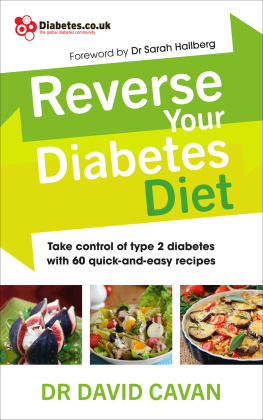
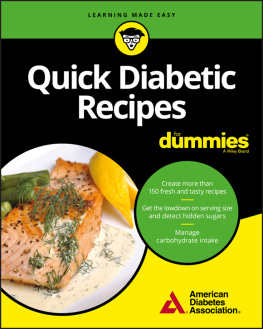



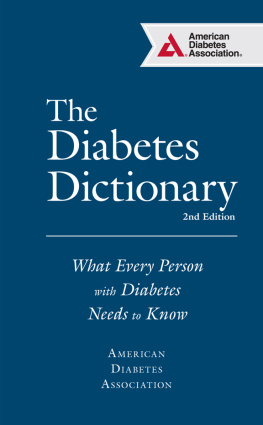
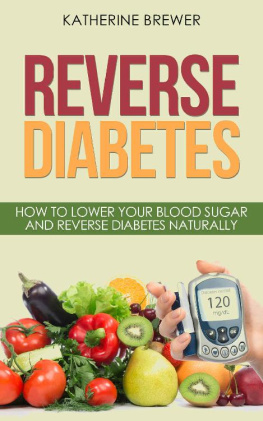
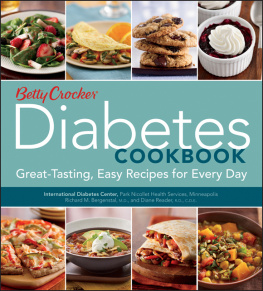


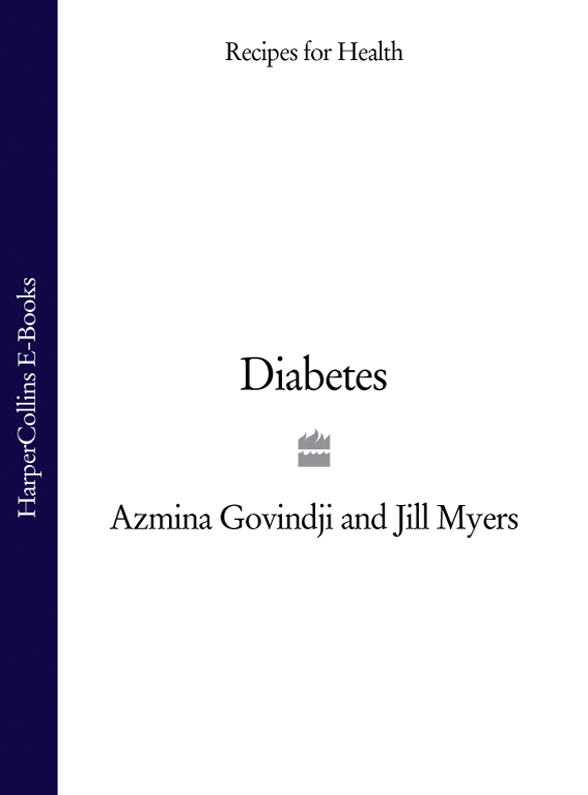 RECIPES FOR HEALTH
RECIPES FOR HEALTH
 is the most up-to-date cookery book for people with diabetes, incorporating all the latest dietary policies from the British Diabetic Association
is the most up-to-date cookery book for people with diabetes, incorporating all the latest dietary policies from the British Diabetic Association